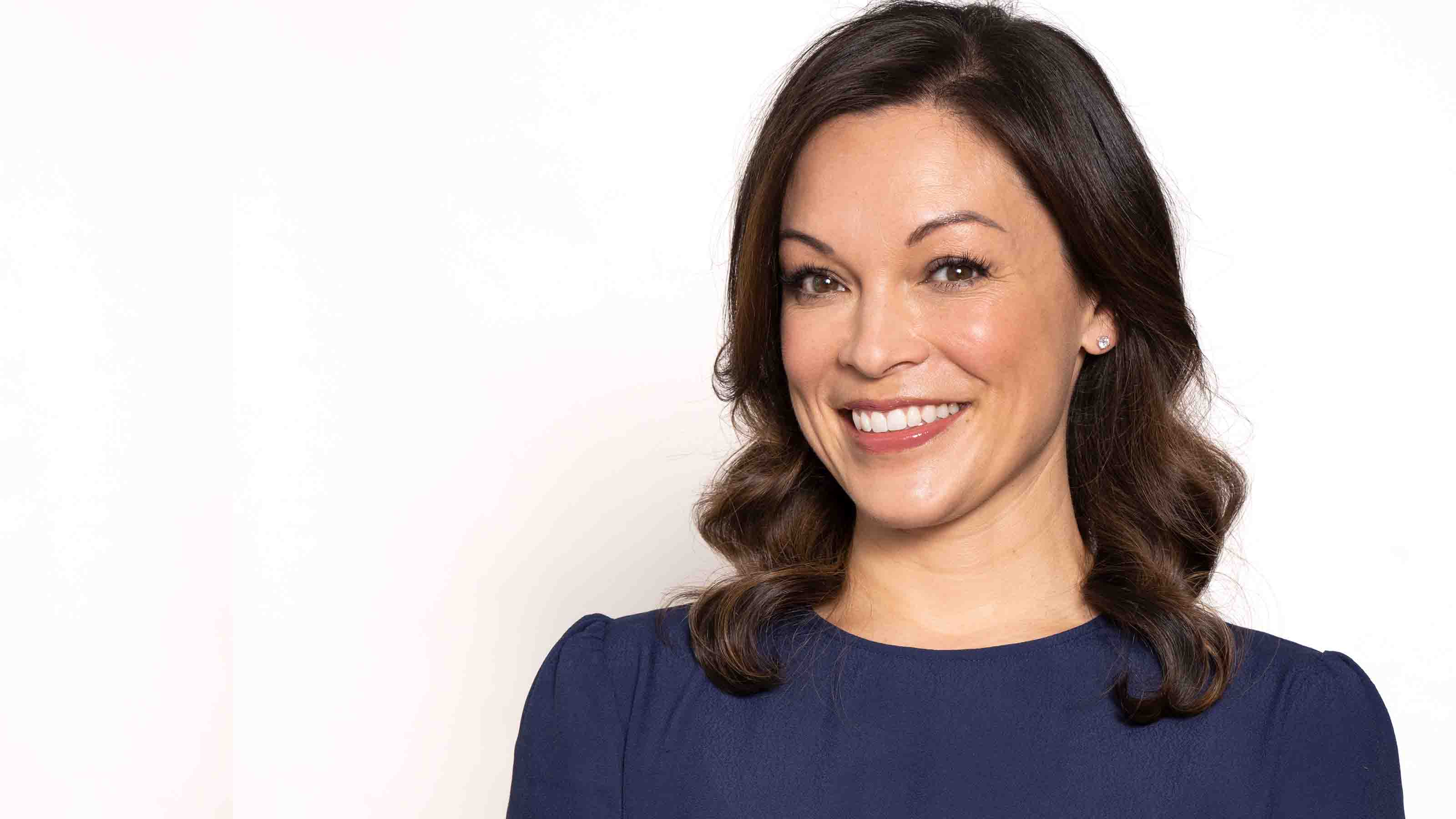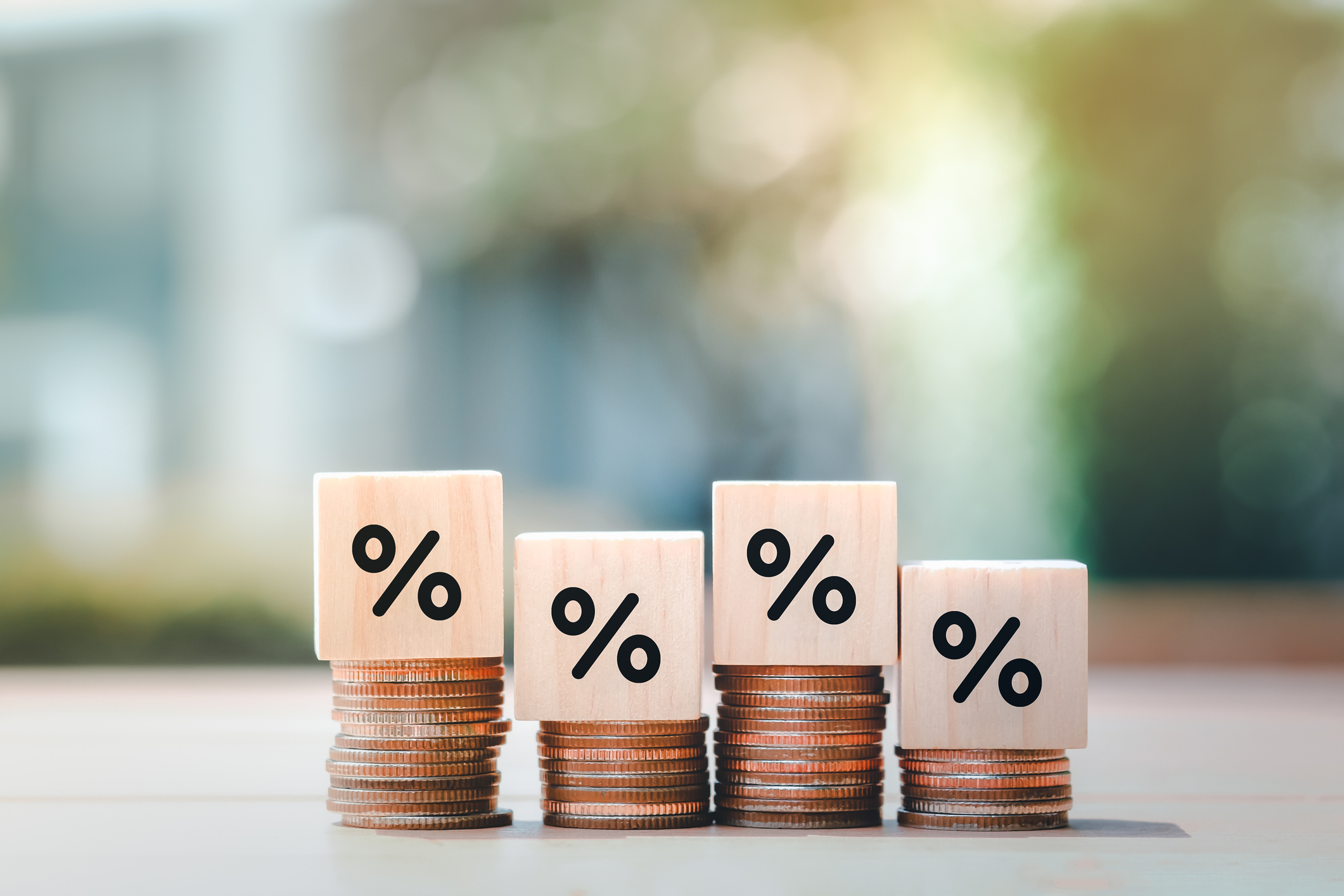SoFi’s Liz Young on the 2022 Investing Outlook
SoFi’s head of investment strategy sees rising rates as one of the hurdles facing stocks in 2022.


Liz Young is head of investment strategy for personal finance firm SoFi.
What’s ahead for stocks in 2022? I would say that in 2022, we’re going to be transitioning back to a more normal market. Normal price returns on the S&P 500 are in the 7% to 9% range (slightly higher with dividends reinvested). The reason I wouldn’t get off-the-charts bullish is that we’re entering an environment in which artificial liquidity is starting to dry up. The Federal Reserve is taking its foot off the pedal slightly. If market expectations are correct, the Fed’s program of tapering its bond purchases, which were put in place to stimulate the economy, will finish around June of 2022. I actually think they may taper a little more quickly than that. Later in 2022, we could see our first rate hike of this expansion. Those are two things that the markets will have to trudge through.
How might that play out? We’re expecting long-term rates to gradually grind higher. That means the largest sector in the S&P 500—technology—will probably face pressure, and the other 10 sectors will have to work extra hard in order to get us up to a healthy return.
From just $107.88 $24.99 for Kiplinger Personal Finance
Become a smarter, better informed investor. Subscribe from just $107.88 $24.99, plus get up to 4 Special Issues

Sign up for Kiplinger’s Free Newsletters
Profit and prosper with the best of expert advice on investing, taxes, retirement, personal finance and more - straight to your e-mail.
Profit and prosper with the best of expert advice - straight to your e-mail.
Why the pressure on tech stocks? When you buy growth stocks today—think of technology and communications services—you’re saying you believe these stocks have the opportunity to experience strong long-term growth. But as the long end, or 10-year portion, of the yield curve rises—which it usually does in inflationary environments and when you expect the Fed to raise interest rates—profits that are largely future-loaded become less valuable in the present.
So, would you avoid tech now? That becomes a real time-horizon question. When you look at the next six months, tech stocks might see some pressure as rates rise. But when you think about it from a longer-term perspective, there’s still plenty of opportunity in technology. There’s a labor shortage across the U.S. Companies will have to invest in technology to stay efficient and productive and to meet demand. So, technology continues to be a necessity as we build a more efficient labor force and as we deal with a shrinking labor force, which is happening because of demographics as well as some pandemic-related factors.
Also, we just went through a health care crisis that I would argue we weren’t prepared for. To boost preparedness for some sort of disaster like this in the future, I think the marriage between health care and technology will pick up exponentially, further driving investment in technology. Long term, for the American economy, tech is a good play.
Where do you see opportunities for investors in 2022? If the yield curve steepens and longer-term rates go up, we’d hope it’s happening because the economy is expanding—we’re producing more goods and consumers are spending. In that environment, you should see some reopening names do well again. Leisure and hospitality stocks should see another nice bounce-back as travel restrictions continue to loosen. We’re thinking about hotels, casinos, airlines—which fall under industrials, but you can think about them as part of the travel industry in general. Financials continue to be a favorite of mine. They had a really nice third-quarter earnings season, and they’re poised to do well as the economy continues to recover.
I also like small-cap stocks for 2022. They do well in inflationary environments and in economic expansions. Small caps lagged for much of 2021, which makes them look less frothy than some of their large-cap counterparts. As far as style from a growth or value perspective, as rates begin to rise globally—a number of central banks are ahead of the Fed on that narrative—that’s generally a headwind for growth companies. And in turn, it’s a tailwind for value-oriented sectors.
Are stocks too pricey now? Forward price-earnings ratios, based on estimated earnings, have come down, but the market is at all-time highs. That’s possible because the E, earnings, have come back, and prices haven’t risen as fast. That’s a healthy reason to see a decrease in the price-earnings ratio compared to the earlier part of this recovery, when the increase in valuations was caused by the P rising faster than the E. Looking ahead, the speed of earnings growth is naturally going to slow because it’s not bouncing off a bottom anymore —and that’s okay. What you don’t want to see is earnings hit by a contraction or slowdown in the economy, or by the increase in inflation. That’s something I’d be listening for—what’s the stamina of companies to absorb higher input costs, and what’s the stamina of consumers to pay higher costs?
What’s the biggest risk facing the market now? The risk is that we’re in the seventh month of inflation above 4%, the sixth month above 5%. That can cause consternation in the market, largely due to the expectation that the Fed will raise rates, and the markets typically don’t like a rate hike. Supply-chain issues have not abated, and neither has demand. That tells me inflation will stay high for a while. We came into the pandemic with an inflation rate of just over 2%. I would expect it to stay well above that, say 2.5% to 3%. I’d even go as high as 3.5% for a while. It’s a risk because it’s going to hit the consumer pocketbook. If that happens coupled with a slowdown in economic growth, well, that’s where all this stagflation talk comes from.
Do you see a market correction in the offing? There could always be a correction coming. We haven’t had much of one in 2021. We were down about 5%, max—that’s much smaller than what we usually see. We’re due, as far as the calendar goes, but it doesn’t necessarily have to happen. Another risk in the market is that the Fed is still in emergency mode. We need to get off 0% interest rates, get some of this artificial liquidity to stop flowing into the system so we have the tools to fight it if another market or economic challenge should present itself.
Profit and prosper with the best of Kiplinger's advice on investing, taxes, retirement, personal finance and much more. Delivered daily. Enter your email in the box and click Sign Me Up.

Anne Kates Smith brings Wall Street to Main Street, with decades of experience covering investments and personal finance for real people trying to navigate fast-changing markets, preserve financial security or plan for the future. She oversees the magazine's investing coverage, authors Kiplinger’s biannual stock-market outlooks and writes the "Your Mind and Your Money" column, a take on behavioral finance and how investors can get out of their own way. Smith began her journalism career as a writer and columnist for USA Today. Prior to joining Kiplinger, she was a senior editor at U.S. News & World Report and a contributing columnist for TheStreet. Smith is a graduate of St. John's College in Annapolis, Md., the third-oldest college in America.
-
 Trump Reshapes Foreign Policy
Trump Reshapes Foreign PolicyThe Kiplinger Letter The President starts the new year by putting allies and adversaries on notice.
-
 How to Plan a (Successful) Family Reunion
How to Plan a (Successful) Family ReunionFrom shaping the guest list to building the budget, here's how to design a successful and memorable family reunion.
-
 These Unloved Energy Stocks Are a Bargain
These Unloved Energy Stocks Are a BargainCleaned-up balance sheets and generous dividends make these dirt-cheap energy shares worth a look.
-
 Small Caps Can Only Lead Stocks So High: Stock Market Today
Small Caps Can Only Lead Stocks So High: Stock Market TodayThe main U.S. equity indexes were down for the week, but small-cap stocks look as healthy as they ever have.
-
 Dow Adds 292 Points as Goldman, Nvidia Soar: Stock Market Today
Dow Adds 292 Points as Goldman, Nvidia Soar: Stock Market TodayTaiwan Semiconductor's strong earnings sparked a rally in tech stocks on Thursday, while Goldman Sachs' earnings boosted financials.
-
 Stocks See First Back-to-Back Losses of 2026: Stock Market Today
Stocks See First Back-to-Back Losses of 2026: Stock Market TodayRising geopolitical worries and a continued sell off in financial stocks kept pressure on the main indexes on Wednesday.
-
 Visa Stamps the Dow's 398-Point Slide: Stock Market Today
Visa Stamps the Dow's 398-Point Slide: Stock Market TodayIt's as clear as ever that President Donald Trump and his administration can't (or won't) keep their hands off financial markets.
-
 The December CPI Report Is Out. Here's What It Means for the Fed's Next Move
The December CPI Report Is Out. Here's What It Means for the Fed's Next MoveThe December CPI report came in lighter than expected, but housing costs remain an overhang.
-
 Stocks Climb Wall of Worry to Hit New Highs: Stock Market Today
Stocks Climb Wall of Worry to Hit New Highs: Stock Market TodayThe Trump administration's threats to Fed independence and bank profitability did little to stop the bulls on Monday.
-
 How Worried Should Investors Be About a Jerome Powell Investigation?
How Worried Should Investors Be About a Jerome Powell Investigation?The Justice Department served subpoenas on the Fed about a project to remodel the central bank's historic buildings.
-
 Dow Hits a Record High After December Jobs Report: Stock Market Today
Dow Hits a Record High After December Jobs Report: Stock Market TodayThe S&P 500 also closed the week at its highest level on record, thanks to strong gains for Intel and Vistra.